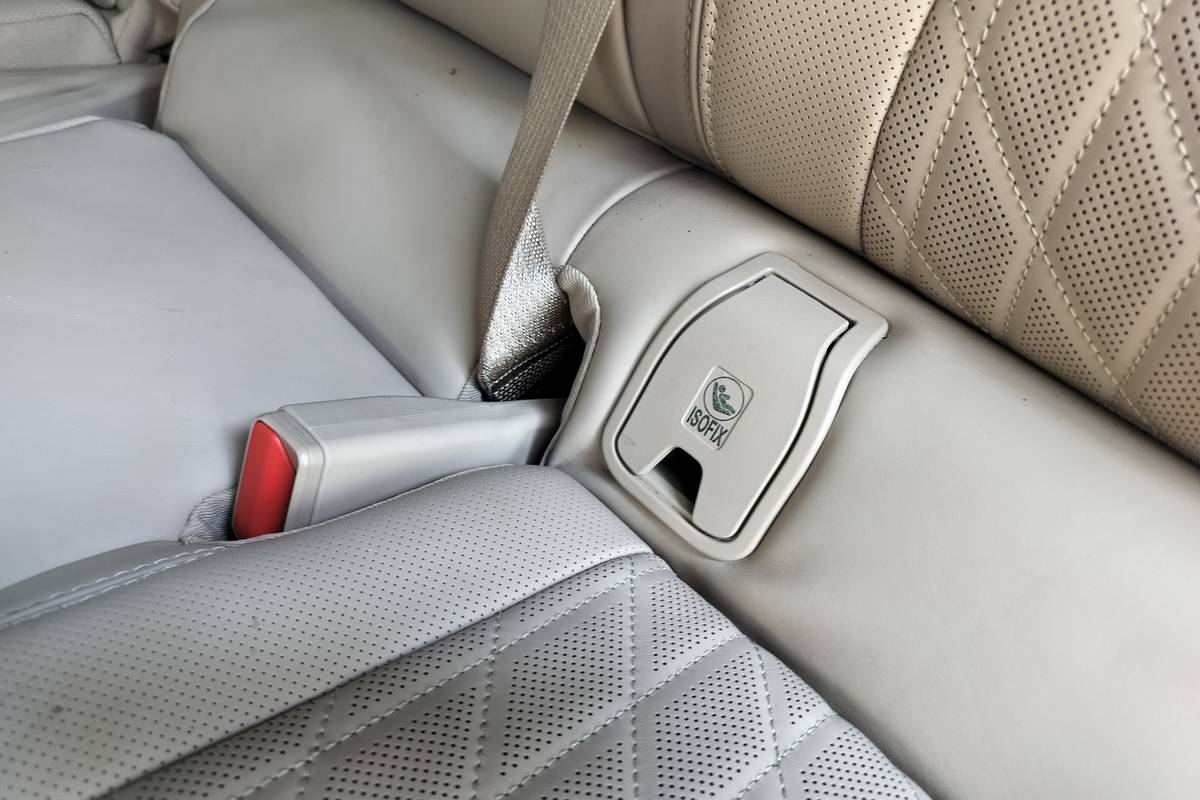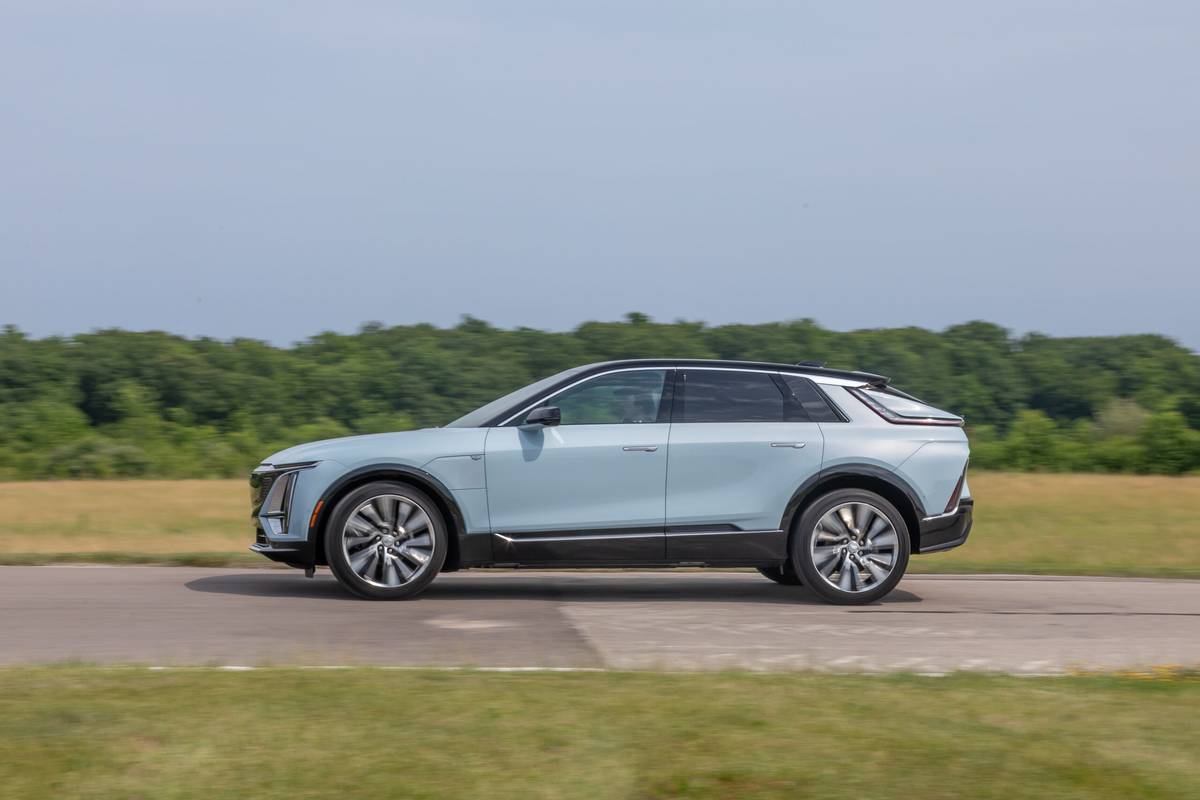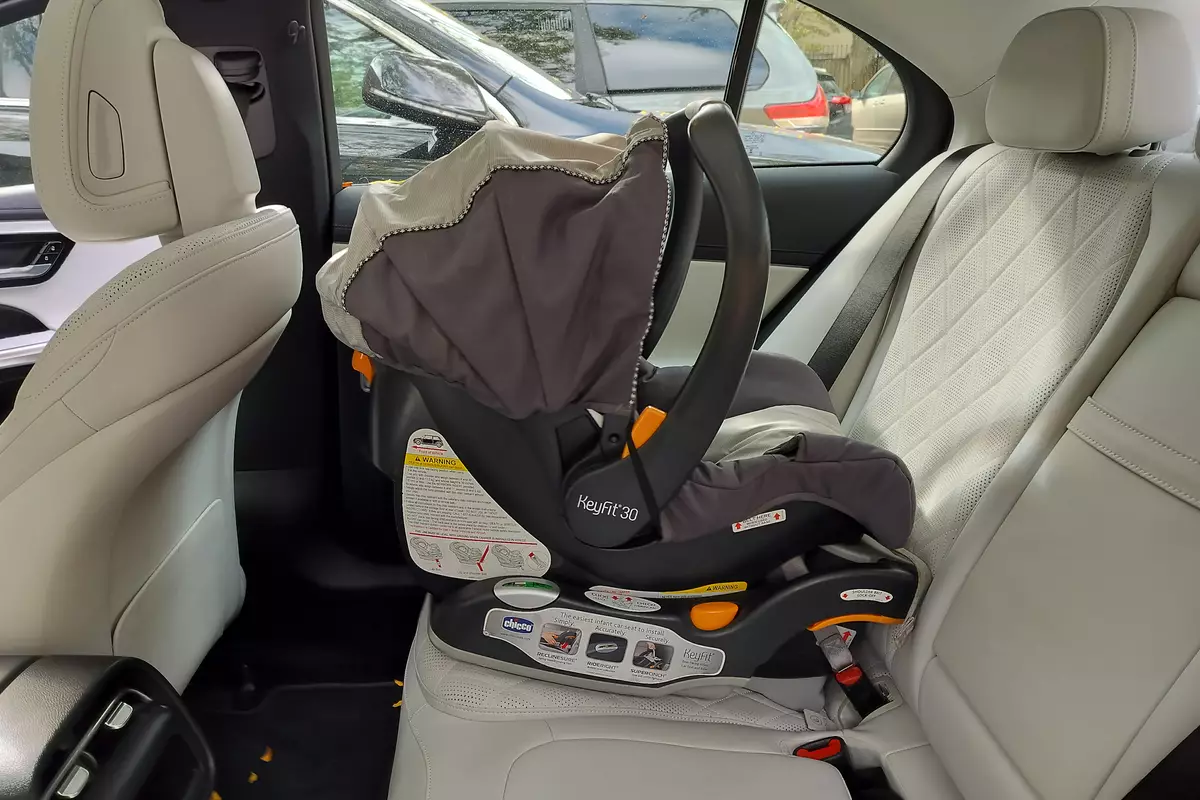The Morning Call and Mcall.com's view
GM struggles with a market share hovering somewhere between 28 and 30 percent of the United States car market, it must be humbling to current execs to remember the 1960s, when Chevrolet alone controlled 25 percent of the market.
While Chevrolet no longer has that kind of market share, (it’s number 2 after Ford) Chevy is looking to regain some of it.
So you can’t blame the Chevy guys for looking backwards while going forwards.
While they would just love to have 25 percent of the market, they’d also like to have the new 2000 Impala enjoy the type of success it saw in the ’60s. This may be impossible, since 1965 saw the Impala sell over 1 million copies.
But the new Impala is a surprisingly satisfying ride, which one wouldn’t expect from the division that gave us the Lumina.
The Impala updates a formula Chevy started with the Malibu. Take an all-new platform and apply a magical old name to it.
The Impala differs from the Malibu in that the designers of the Impala played the heritage card, designing post-modern renditions of classic styling cues. Take the tail lights (and it’s hard not to notice them). If you think outlandish tail lamps are unusual on an Impala, you may have forgotten the 1959 “bat-wing” Impala. While the new Impala isn’t that outrageous, its new take on the 1962 Chevy Bel-Air back end is definitely the caffeinated version. They’re quite, um, distinctive.
The front grille and side windows are also taken from various years, giving the car a different sort of look for a large family sedan. It’s still conservative, yet not as conservative as the class leaders.
The overall car, with a 110.5-inch wheelbase and an overall length of 200 inches, isn’t as large as top-of-the-line Chevys of the past. It also isn’t rear-wheel-drive. That means the car’s interior space can be packaged more efficiently, yielding a lot of interior space. How much interior space depends on the trim level.
The Base Impala has a bench seat and six-passenger capacity while the LS has front bucket seats and a console, limiting space to five.
The interior of the LS trim-level test car was nicely laid out. The front bucket seats were very wide, comfortable and supportive. The rear seats are much better than those in the Lumina, being higher and deeper. The test car had leather seating surfaces, giving the car a pleasing feel.
The gauges are analog and easy to read. The AM/FM cassette/CD audio was positioned in the center of the dash, where it’s easy to reach. This optional system was quite nice with a good sound and lots of features. There’s GM’s ubiquitous auto tone system, which presets the bass/treble according to type of music. It also has speed-compensated volume, that adjusts the volume depending on vehicle speed.
The nicest touch is the Radio Data System, which seeks out stations depending on the type of station you like. It automatically interrupts cassettes and CDs to broadcast weather or traffic reports an d automatically adjusts the clock when the car enters a different time zone. Audio controls also can be used to adjust the volume of warning chimes or other functions. This is optional, of course, but a small convenience if you travel frequently.
Air-conditioning, standard on both trim levels, cooled the car quickly and effectively. Dual temperature controls, allowing the front seat passenger to adjust the temperature separately from the driver, are standard.
Power windows, locks and mirrors are all standard. Front air-bags are standard with side air-bags available as an option. Popping for the LS trim level over the base yields a center console, an information center, upgraded radio with RDS, keyless entry, upgraded interior trim, touring tires, five-spoke cast aluminum wheels, anti-lock brakes, tire-inflation monitor, firmer suspension, traction control and a larger engine.
Ah, yes, the engine. Here, Chevy plays it tried and true. Standard on the base car i s 3.4-liter ov erhead valve V-6 with 180 horsepower. Optional on the base and standard on the LS is a 200-horsepower 3.8-liter overhead valve V-6 with dual exhaust. This engine traces its roots almost as far as the Impala does, so it’s definitely a known quantity.
Hitched to four-speed automatic, this powertrain is a real smoothie with lots of power on demand. It mates well with the ride and handling suspension standard on the LS. It’s quite nimble with accurate steering that actually has some road feel, an increasing rarity in the family sedan market.
This car absorbs bumps surprisingly well, returning a favorable impression from those who don’t think a large Chevy can handle corners. The only real bugaboo was the propensity of the tires to squeal rather easily. Better rubber is called for, especially since the tires proved to be noisy over course roads.
The four-wheel anti-lock disc brakes worked well — there’s little nosedive in hard braking. The traction control worked less well.
The trunk proved roomy with struts that don’t get in the way of cargo space. A cargo net is standard. Also standard is a trunk escape release in case anyone is accidently locked in the trunk. A nice feature with one caveat: every time you close the trunk, one must push an unmarked release to allow the trunk to close. Very annoying.
But overall, this tight, well-assembled Impala is a modern large car that has lots of space, good power and handling as well as lots of features for the money. Prices start at a Chevy-like $19,000 and the test vehicle peaks at just over $25,000. For a vehicle that comes with every imaginable option (including a sunroof and heated leather seats), this car has a lot of value and a surprising amount of handling.
The bow tie boys have a convincingly good car. The hard part is getting people to consider a Chevy like they did three decades ago.
>> 2000 Chevrolet Impala
Vehicle type: Large 4-door sedan
Engines: 3.4-liter OHV V-6, 3.8-liter OHV V-6
Transmission: 4-speed automatic
Wheelbase: 110.5 inches
Length: 200 inches
Cargo volume: 17.6 cubic feet
Tires: P225/60R16
Base price, base model: $18,705
Base price, test model: $22,365
As tested: $25,415
EPA rating: 20 mpg city, 29 mpg highway
Test mileage: 18.5 mpg
Fuel type: regular
>>
Latest news



